When the Food & Drug Administration (FDA) announced a willingness to exempt premium cigars from forthcoming regulations, it seemed the multi-year campaign to educate regulators about the differences between handmade cigars and most other tobacco products had paid off. Then it became evident that attached to the potential exemption was a devastating definition of premium cigars, including a $10 minimum retail price.
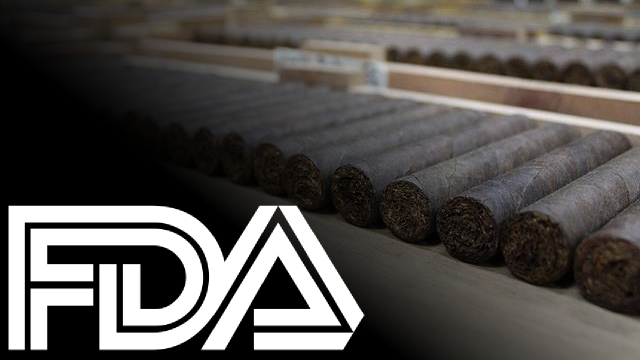
As explained previously, an exemption that includes a $10 minimum price would exclude 85% or more of handmade cigars. The 85% figure comes from numbers put together by Gary Griffith of Emilio Cigars using a sample of 26 stores, but I strongly suspect the real percentage is even higher. For example, $1-2 bundle cigars and factory seconds, which are made with the same techniques as higher cost cigars, are sold in higher numbers through the internet and catalogs. These aren’t fully represented in the 85% figure.
Without the exemption, new cigars (and those introduced since February 15, 2007) would need approval from an FDA that has shown no willingness or ability to do so. The agency has only approved 17 of 4,000 applications in the previous few years (2 were cigarettes, the other 15 applications were for things like wrapping papers). Effectively, there would be no new cigars introduced under an FDA-defined price floor for premium cigars.
The simplest way to look at the $10 figure is as follows: Whoever proposed it is completely ignorant of the handmade cigar market. Not only is there no scientific basis for such a cutoff (nobody can logically claim that a cigar that sells for $10 has public health implications different from one that sells for $9.99 or even $3), but it doesn’t reflect the reality of the handmade cigar market either.
The idea that the very agency authorized to regulate cigars proposed such an unsupported, arbitrary, and even ignorant rule is a scary thought. But as scary as it is, the alternative might be even worse. After all, you can at least educate the ignorant.
While I fully expect that FDA regulators don’t “get it” when it comes to why we enjoy cigars (the experience, the ritual, the camaraderie… the flavor being important and not the nicotine), I doubt they are so ignorant as to genuinely think that $10 is a reasonable line between “premium” and non-premium cigars given the current state of the cigar market.
This is politics—that’s why you hire lobbyists, not scientists, when you’re facing a rule-making process—and the FDA’s proposal is a classic political position: the ultimate threat paired with an offer to “negotiate” for something less devastating.
I’ve heard throughout the FDA process representatives of the cigar industry have been pressured to adopt a definition that included a minimum price. They’ve correctly resisted, because there is no scientific or public health reason to create an arbitrary price. Supposedly the FDA is still interested in truth and health.

Fans of the Game of Thrones HBO series will instantly recognize the image above. (If you haven’t read the first book or seen the show, I’m about to spoil the ending of the first season.) It’s the moment just before hero Eddard Stark is beheaded, after confessing to a crime he didn’t commit in order to protect his daughters and have his life spared.
If the FDA’s proposal is as calculated as I’m afraid it might be, then the handmade cigar industry shares many similarities to Stark’s dilemma. In its deeming document, the FDA pointedly left open “Option 1,” which would regulate all cigars, effectively killing the development of all new cigars.
“Option 2” is an exemption for some “premium” cigars, but the FDA is signaling that that it might be merciful, especially if the industry agrees to embrace an arbitrary, artificial, and unscientific price floor. In other words: If your false confession doesn’t sufficiently please us, we’ll just cut off your head. It didn’t work out well for Stark.
The cigar blog Halfwheel made the point yesterday that the $10 rule seems unlikely to survive, and it’s certainly true that a definition that uses “retail price (after any discounts or coupons)” is impractical. But that’s not necessarily a reason to rejoice.
In fact, it’s likely part of the set-up. A common negotiating tactic is a wildly low-ball opening offer, so the person you’re negotiating with feels they’ve won something when they agree to the real price you had in mind all along.
That may be what’s really going on here. If I told you a week ago that the final exemption would only apply to cigars with a wholesale price above $3 (roughly $6 at retail), you might have responded: That’s crazy! There are tons of handmade cigars that cost less than that and no public health reason to treat them differently than a cigar that costs more. Now, with the sword hovering over all cigars, some might think $3 a reasonable compromise to embrace.
The fact is, without an artificial price in the rule, there’s still a natural limit to how inexpensive a handmade cigar can be and still meet the rest of the requirements in “Option 2” of the proposed rule (some of which have their own problems that can be addressed in a future article). A completely handmade cigar, made primarily with long-filler tobacco, will have to cost a certain amount or it won’t be economically viable, and those looking just for nicotine will still find that pre-2007 cigarettes or other non-handmade cigars do a more efficient, cheaper job of delivering that. Further, even if unforeseeable developments prove this to be wrong, then the FDA can always do more rule-making to deal with any remaining issues.
Maybe I’m just jaded and the $10 requirement was born out of ignorance, and a thorough effort to educate the FDA will make the final rule reality-based. We should be so lucky, but I’m not sure I’d bet on it.
More likely I’m afraid we’re being set up to accept, perhaps even advocate for, drawing a line that doesn’t exist. And then feeling like we’ve won something when we get an arbitrary line that isn’t as bad as it could have been.
The FDA’s regulation of tobacco is supposed to be a fact-based process. By acknowledging the fact that premium cigars are different, the agency has implied that a reality-based line should be drawn, and I expect the handmade cigar industry will respond with comments showing why an arbitrary price definition is not based in science.
If the FDA ignores those comments and demonstrates that it is just playing politics, the result will be terrible. Not only would it destroy a thriving industry that caters exclusively to adults and provides thousands of American jobs, but it would betray the mandate that Congress gave the FDA to create reasonable regulations based in science and logic.
–Patrick S
photo credits: Stogie Guys / Game of Thrones
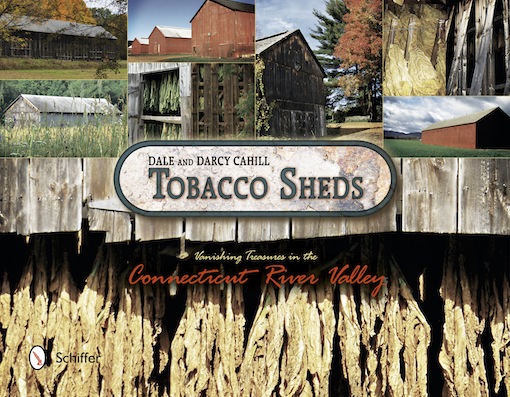



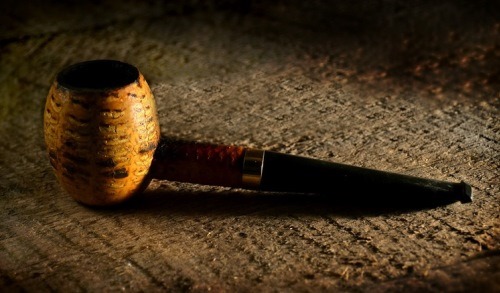
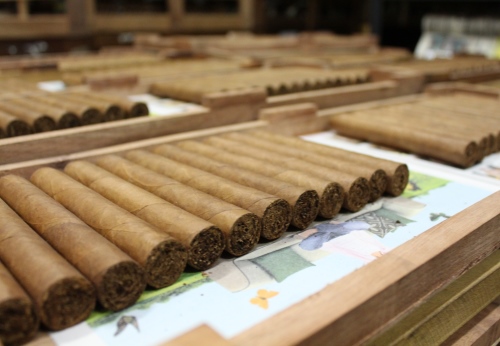
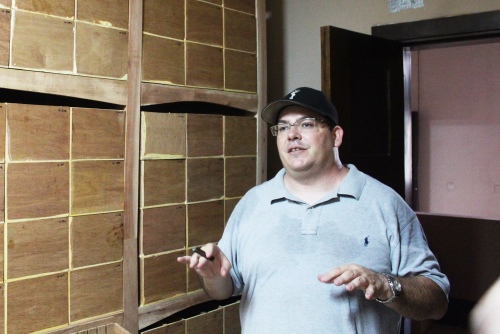

 Patrick Ashby
Co-Founder & Editor in Chief
Patrick Ashby
Co-Founder & Editor in Chief Patrick Semmens
Co-Founder & Publisher
Patrick Semmens
Co-Founder & Publisher George Edmonson
Tampa Bureau Chief
George Edmonson
Tampa Bureau Chief